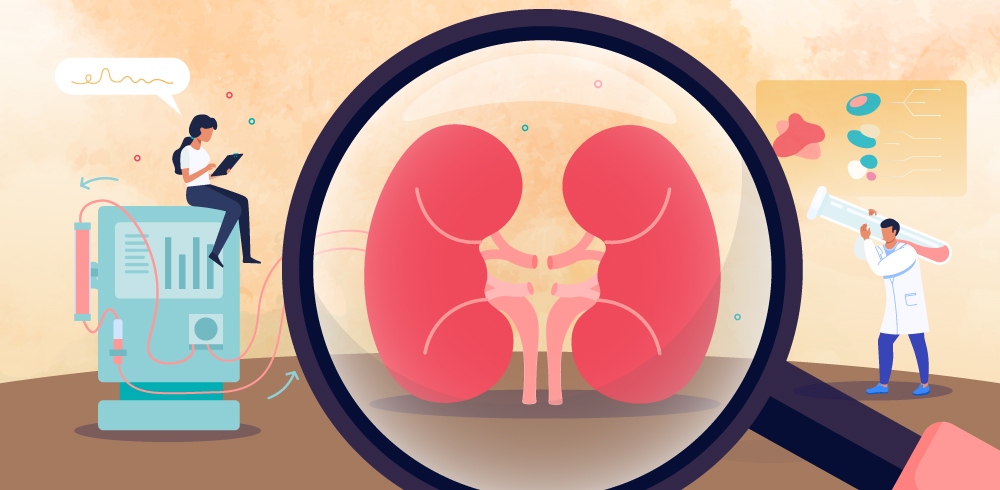NEPHROLOGY
29 Sep 2025

18 Sep 2024
21 Jun 2024

20 Jun 2024

18 Jan 2024

10 May 2023

27 Feb 2023

08 Jul 2022

31 Mar 2022

Expert Insight View All
Conference update View All
Meeting Highlight View All
A paradigm shift in acute hyperkalemia management with sodium zirconium cyclosilicate in the ED setting
08 Jul 2022
case review View All
news & perspective View All
infographics View All


